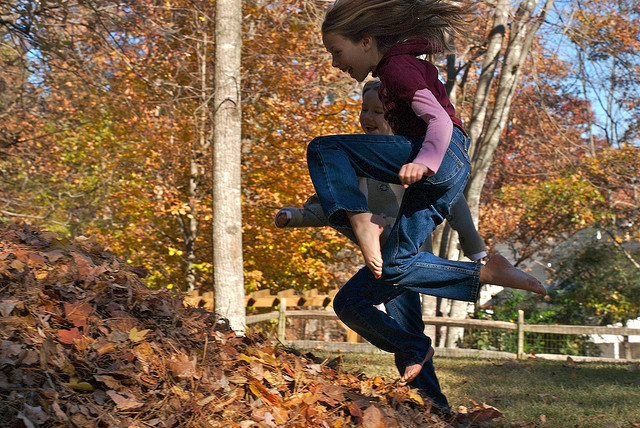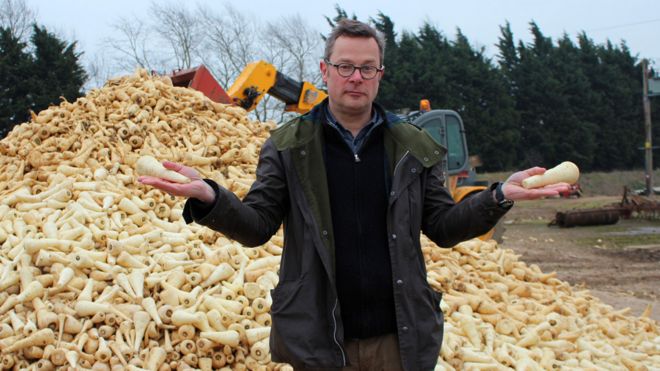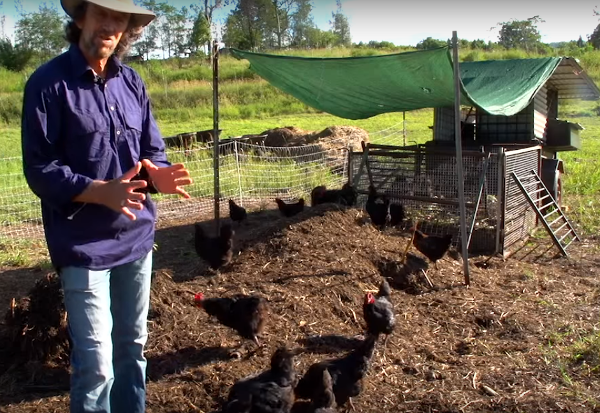by Michael Smith (Veshengro)
Recycling and recyclability is taking our minds off the real issue and that is the overconsumption and consumerism but then that is also the aim.
The act of recycling and the recyclability of products and/or their components is meant to make us feel good and forget about the real culprit; our wasteful consumption and the built-n obsolescence in most of the products on the market today.
Not so long ago goods were made to last and so they could be repaired if and when they eventually did break down, but they did cost more, by comparison. We did, therefore, not simply throw them out when they were a little older or when a new model came out. We used them for as long as it was possible. Often the money would not have been available to afford to change them. Instead things got repaired, whether this were clothes or shoes and boots or other goods, and that even in the homes and offices of the very rich.
Today the model has changed to cheap(er) goods that fail soon and we have to buy the same product over and over again as they cannot, more often than not, be repaired, or it is much more expensive to repair than to buy new. This is the way our economy today actually functions. Company profits depend on products breaking just at the right time so that we have to rush out and buy new and the cycle begins all over again and this built-in obsolescence is equally found in expensive brands as in discounter products, and about the same time span goes for them all.
But this built-in obsolescence is only half of the problem though, to a degree, a large one. The biggest problem by far is consumerism and our belief that we must have this or that, or that we must this or that item new because the old one, well, is old and old in this context is often six months to a year old only, and that all the while the old one still dos work and still does the job perfectly well. But throwing it out is not a problem, industry now tells us, as everything in it is recyclable. And so what if it is? Is that a good enough reason? No!
Recycling and recyclability is not the answer to the problem. It only clouds the real issues and problems, namely consumerism and the perpetual growth economy.
We all know what we must do if we want to rectify this and that is to stop buying all those products we do not need and to upgrade our things every five minutes even though our “old” ones still work perfectly well.
We must learn to also repair the things we have and to maintain them, even, though it is often claimed today that this cannot be done, although with some products this is, unfortunately, the case, and that is a rather sad state of affairs. But even when repair is easy and can be carried out by almost anyone there are still people who rather buy new than to spend half and hour or an hour fixing it again. The case of a bicycle someone brought to the refuse tip because it had a flat tire which they could not bother to repair is but one of those “shining” examples. Oh yes, they had already bought a new bike, by the way.
But, seems to be the attitude, those products can all be recycled and thus I can just go and buy new and toss the “old” one into the recycling bin or whatever. Scary, I know!
Despite the fact that almost everything nowadays can be recycled chances are that most things are not and are just dumped into landfill. Or they are sent, a great cost to the Planet, to Third World countries to be broken up into their component parts, causing misery to the workers and pollution the environment. Much of the so-called recyclables, however, and that includes glass, textiles, and what have you, that are being collected by the kerbside collections, end up in the very place we don't want them to end up, namely the landfill.
That, and because I have learned from a very young age to value things and money is the reason I try to make everything last for as long as possible. In some instances I probably take things to the extreme as far as this and repurposing and reuse is concerned. But so be it.
© 2015














































